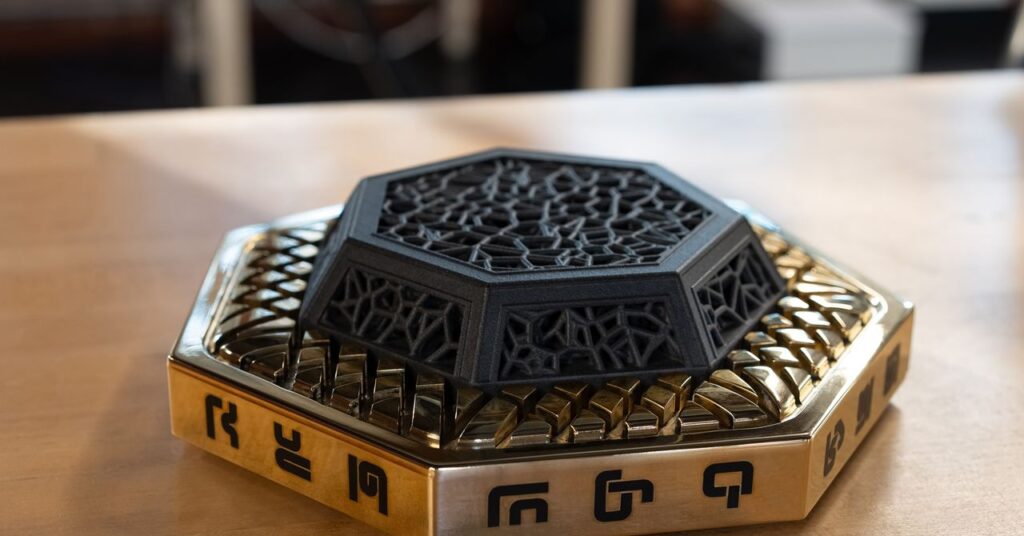Extropic Seeks to Transform the Data Center Boom

Extropic, a startup crafting a groundbreaking type of computer chip designed for probabilistic bits, has unveiled its first functional hardware alongside evidence that advanced systems can effectively address tasks in artificial intelligence and scientific research.
The chips developed by the startup operate on principles distinct from those of Nvidia, AMD, and other manufacturers, promising to deliver energy efficiency that could be thousands of times better once fully scaled. With AI firms investing billions into data center construction, this novel approach could provide a significantly more economical alternative to the extensive use of traditional chips.
Naming its processors thermodynamic sampling units, or TSUs, Extropic differentiates them from conventional central processing units (CPUs) or graphics processing units (GPUs). TSUs utilize silicon components to tap into thermodynamic electron fluctuations, facilitating the modeling of probabilities in complex systems like weather forecasting or AI applications capable of generating images, text, or videos.
The first operational Extropic chip has been distributed to select partners, including cutting-edge AI laboratories, startups focused on weather prediction, and officials from various governments. (Extropic has opted not to disclose their identities.)
“This gives developers the chance to evaluate the technology,” says Extropic CEO Guillaume Verdon, who gained attention in the tech world as a vibrant and at times controversial online figure known as Based Beff Jezos, alongside promoting a techno philosophy called effective accelerationism or e/acc before establishing the startup. Verdon and cofounder Trevor McCourt, Extropic’s CTO, previously engaged in quantum computing research at Google before embarking on this innovative computing venture.
One current tester of the new hardware is Johan Mathe, CEO of Atmo, a startup utilizing AI models that can forecast with unprecedented resolution. Their clients include the Department of Defense. Mathe believes that Extropic’s chips could allow for much more efficient calculations of varied weather conditions.
Additionally, Extropic is launching software named TRHML that enables simulation of Extropic chip behavior on GPUs. Mathe has utilized both this software and the actual chip. “I was able to run several p-bits and confirm that they perform as intended,” Mathe remarks.
The hardware produced by the company, labeled XTR-0, is comprised of a field-programmable gate array (FPGA) chip, which can be adjusted for various functions, paired with two of its initial probabilistic chip, X-0, each featuring a small number of p-bits.
Unlike standard bits that can only represent a 1 or a 0, this innovative chip utilizes probabilistic bits, or p-bits, to model uncertainty. Though currently limited in scale, the chip demonstrates the viability of the company’s fresh perspective.
“We have created a machine-learning foundation that is significantly more effective than traditional matrix multiplication,” McCourt explains. “The challenge remains: how do you scale this up to the levels of ChatGPT or Midjourney?”


